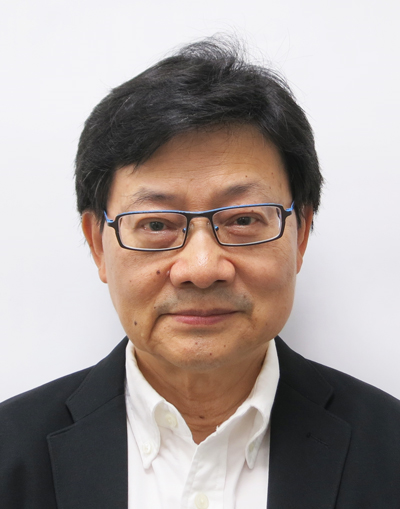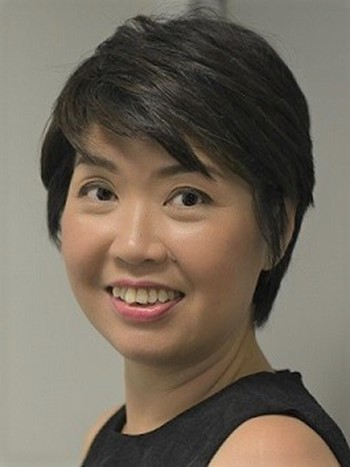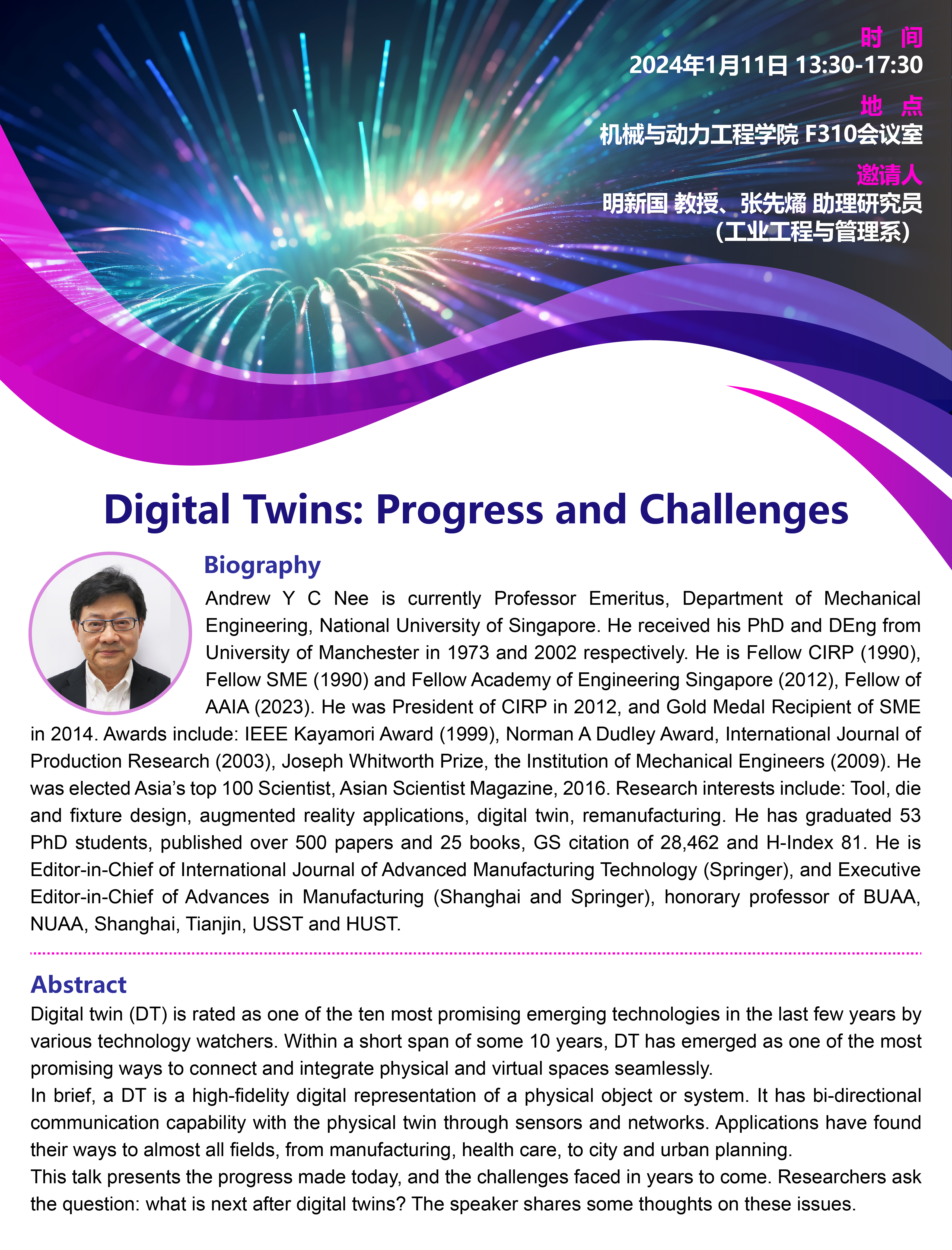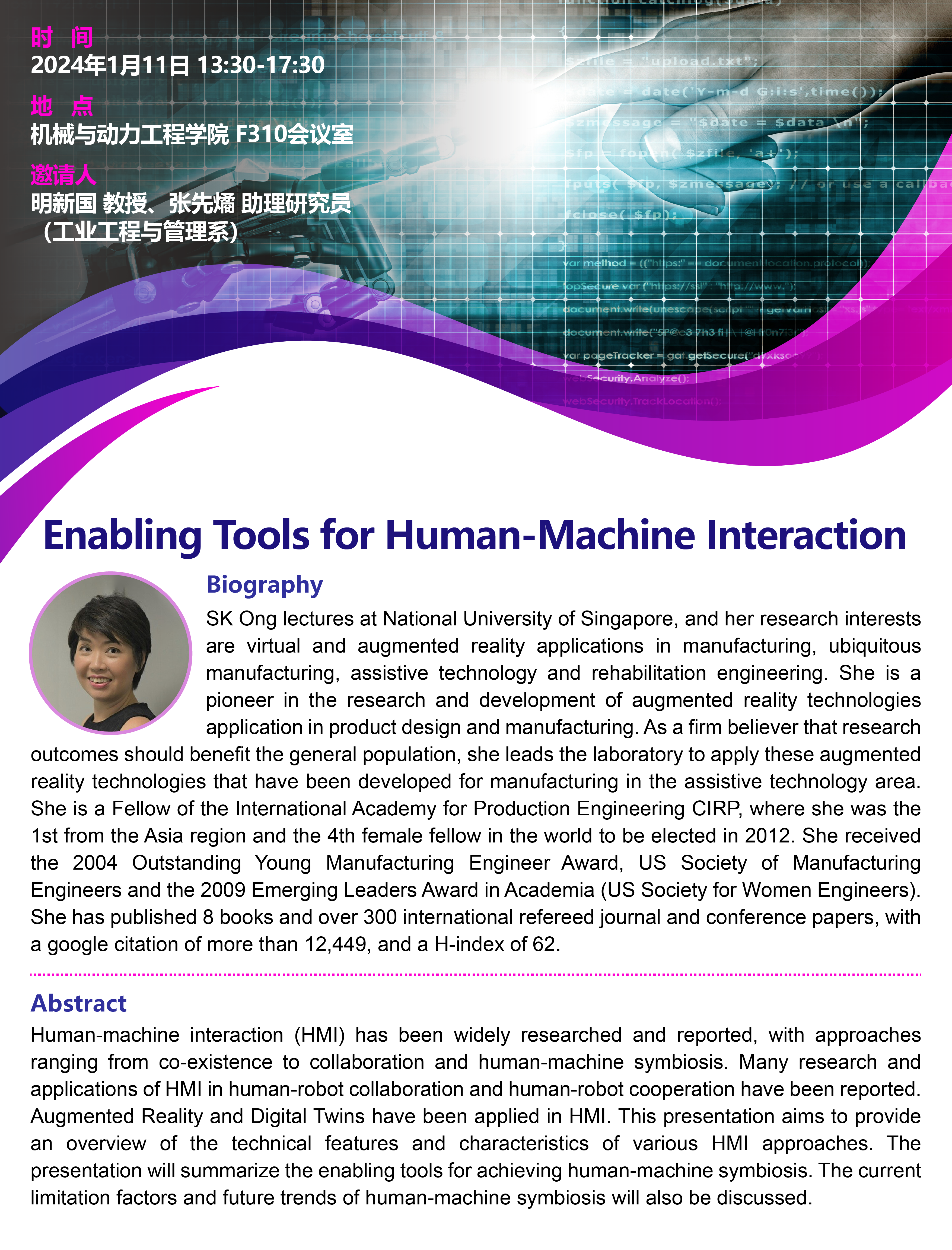

题目:Digital Twins: Progress and Challenges/Enabling Tools for Human-Machine Interaction
时间:2024年1月11日 13:30-17:30
地点:德赢vwin055 F310会议室
邀请人:明新国 教授、张先燏 助理研究员(工业工程与管理系)
报告题目:Digital twins: progress and challenges
报告人:Andrew Y C Nee
Biography
 Andrew Y C Nee is currently Professor Emeritus, Department of Mechanical Engineering, National University of Singapore. He received his PhD and DEng from University of Manchester in 1973 and 2002 respectively. He is Fellow CIRP (1990), Fellow SME (1990) and Fellow Academy of Engineering Singapore (2012), Fellow of AAIA (2023). He was President of CIRP in 2012, and Gold Medal Recipient of SME in 2014. Awards include: IEEE Kayamori Award (1999), Norman A Dudley Award, International Journal of Production Research (2003), Joseph Whitworth Prize, the Institution of Mechanical Engineers (2009). He was elected Asia’s top 100 Scientist, Asian Scientist Magazine, 2016. Research interests include: Tool, die and fixture design, augmented reality applications, digital twin, remanufacturing. He has graduated 53 PhD students, published over 500 papers and 25 books, GS citation of 28,462 and H-Index 81. He is Editor-in-Chief of International Journal of Advanced Manufacturing Technology (Springer), and Executive Editor-in-Chief of Advances in Manufacturing (Shanghai and Springer), honorary professor of BUAA, NUAA, Shanghai, Tianjin, USST and HUST.
Andrew Y C Nee is currently Professor Emeritus, Department of Mechanical Engineering, National University of Singapore. He received his PhD and DEng from University of Manchester in 1973 and 2002 respectively. He is Fellow CIRP (1990), Fellow SME (1990) and Fellow Academy of Engineering Singapore (2012), Fellow of AAIA (2023). He was President of CIRP in 2012, and Gold Medal Recipient of SME in 2014. Awards include: IEEE Kayamori Award (1999), Norman A Dudley Award, International Journal of Production Research (2003), Joseph Whitworth Prize, the Institution of Mechanical Engineers (2009). He was elected Asia’s top 100 Scientist, Asian Scientist Magazine, 2016. Research interests include: Tool, die and fixture design, augmented reality applications, digital twin, remanufacturing. He has graduated 53 PhD students, published over 500 papers and 25 books, GS citation of 28,462 and H-Index 81. He is Editor-in-Chief of International Journal of Advanced Manufacturing Technology (Springer), and Executive Editor-in-Chief of Advances in Manufacturing (Shanghai and Springer), honorary professor of BUAA, NUAA, Shanghai, Tianjin, USST and HUST.
Abstract
Digital twin (DT) is rated as one of the ten most promising emerging technologies in the last few years by various technology watchers. Within a short span of some 10 years, DT has emerged as one of the most promising ways to connect and integrate physical and virtual spaces seamlessly.
In brief, a DT is a high-fidelity digital representation of a physical object or system. It has bi-directional communication capability with the physical twin through sensors and networks. Applications have found their ways to almost all fields, from manufacturing, health care, to city and urban planning.
This talk presents the progress made today, and the challenges faced in years to come. Researchers ask the question: what is next after digital twins? The speaker shares some thoughts on these issues.
报告题目:Enabling Tools for Human-Machine Interaction
报告人:Prof. S. K. Ong
Biography
 SK Ong lectures at National University of Singapore, and her research interests are virtual and augmented reality applications in manufacturing, ubiquitous manufacturing, assistive technology and rehabilitation engineering. She is a pioneer in the research and development of augmented reality technologies application in product design and manufacturing. As a firm believer that research outcomes should benefit the general population, she leads the laboratory to apply these augmented reality technologies that have been developed for manufacturing in the assistive technology area. She is a Fellow of the International Academy for Production Engineering CIRP, where she was the 1st from the Asia region and the 4th female fellow in the world to be elected in 2012. She received the 2004 Outstanding Young Manufacturing Engineer Award, US Society of Manufacturing Engineers and the 2009 Emerging Leaders Award in Academia (US Society for Women Engineers). She has published 8 books and over 300 international refereed journal and conference papers, with a google citation of more than 12,449, and a H-index of 62.
SK Ong lectures at National University of Singapore, and her research interests are virtual and augmented reality applications in manufacturing, ubiquitous manufacturing, assistive technology and rehabilitation engineering. She is a pioneer in the research and development of augmented reality technologies application in product design and manufacturing. As a firm believer that research outcomes should benefit the general population, she leads the laboratory to apply these augmented reality technologies that have been developed for manufacturing in the assistive technology area. She is a Fellow of the International Academy for Production Engineering CIRP, where she was the 1st from the Asia region and the 4th female fellow in the world to be elected in 2012. She received the 2004 Outstanding Young Manufacturing Engineer Award, US Society of Manufacturing Engineers and the 2009 Emerging Leaders Award in Academia (US Society for Women Engineers). She has published 8 books and over 300 international refereed journal and conference papers, with a google citation of more than 12,449, and a H-index of 62.
Abstract
Human-machine interaction (HMI) has been widely researched and reported, with approaches ranging from co-existence to collaboration and human-machine symbiosis. Many research and applications of HMI in human-robot collaboration and human-robot cooperation have been reported. Augmented Reality and Digital Twins have been applied in HMI. This presentation aims to provide an overview of the technical features and characteristics of various HMI approaches. The presentation will summarize the enabling tools for achieving human-machine symbiosis. The current limitation factors and future trends of human-machine symbiosis will also be discussed.

